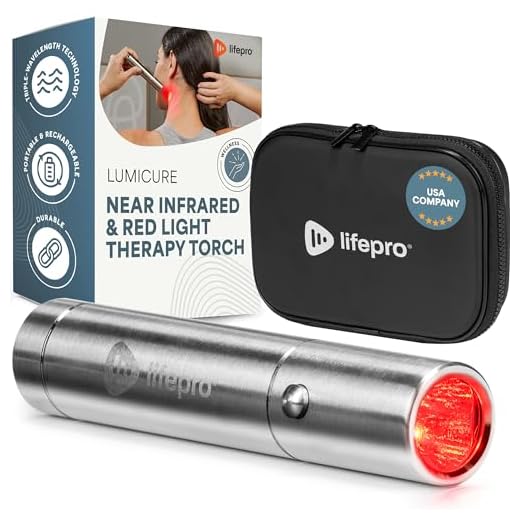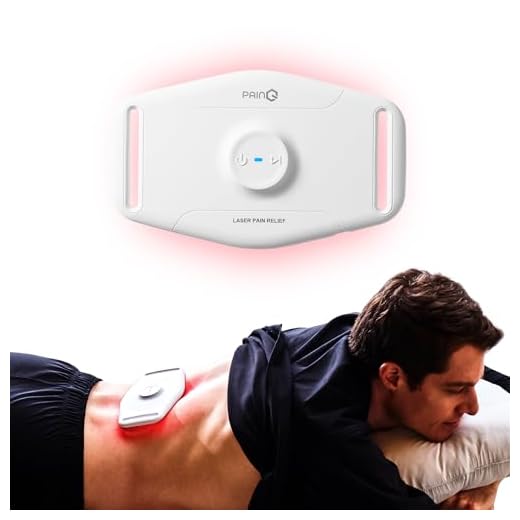




Red light therapy and low level laser therapy are often used interchangeably, but they are not exactly the same thing. While both therapies use light to stimulate healing and provide various health benefits, there are some key differences between the two.
Red light therapy involves the use of red or near-infrared light to penetrate the skin and tissues, stimulating the production of ATP (adenosine triphosphate), which provides energy to the cells. This can help promote healing, reduce inflammation, and improve overall skin health. It is commonly used for skin conditions, such as acne, wrinkles, and scars, as well as for pain relief and wound healing.
Low level laser therapy, on the other hand, uses lasers with a specific wavelength to deliver a concentrated beam of light to targeted areas of the body. The light energy is absorbed by the cells, promoting cellular regeneration and reducing inflammation. This therapy is often used for pain management, wound healing, and to stimulate hair growth.
While both red light therapy and low level laser therapy have been shown to provide health benefits, the main difference lies in the way the light is delivered. Red light therapy uses LEDs or other light sources, while low level laser therapy uses laser diodes. The choice between the two therapies depends on the specific condition being treated and the desired outcome.
Red Light Therapy vs Low Level Laser: How Are They Different?
Red light therapy and low level laser therapy are both forms of photobiomodulation that use light to stimulate cellular function and promote healing. While they share similarities in their mechanisms of action, there are key differences between the two treatments.
Light Source
One of the primary differences between red light therapy and low level laser therapy is the light source used. Red light therapy typically utilizes light emitting diodes (LEDs) that emit specific wavelengths of red and near-infrared light. These wavelengths are known to penetrate the skin and stimulate cellular activity.
Low level laser therapy, on the other hand, uses a laser as the light source. The laser emits a narrow, focused beam of light that can be targeted to specific areas of the body. The laser beam is typically of a lower power than those used in surgical procedures, hence the term “low level” laser therapy.
Treatment Area
The treatment area is another area of differentiation between red light therapy and low level laser therapy. Red light therapy devices often have large treatment panels or beds that can cover a broad area of the body. This allows for the simultaneous treatment of multiple areas or the entire body.
Low level laser therapy, on the other hand, often utilizes hand-held devices or probes that can be precisely targeted to specific areas of concern. This makes low level laser therapy suitable for treating smaller, more localized areas or specific acupuncture points.
Additionally, red light therapy can be administered in a clinical setting or at home through the use of home devices, while low level laser therapy is typically performed in a clinical setting by a trained professional.
Applications
Red light therapy and low level laser therapy have a wide range of applications. Red light therapy is commonly used for general skin rejuvenation, wound healing, pain relief, and inflammation reduction. It is also used for treating various skin conditions such as acne, eczema, and psoriasis.
Low level laser therapy, on the other hand, is often used in physical therapy and sports medicine for treating musculoskeletal injuries, such as sprains, strains, and tendonitis. It can also be used for pain management, reducing inflammation, and promoting tissue repair.
In conclusion, while both red light therapy and low level laser therapy utilize light to stimulate cellular function and promote healing, they differ in terms of their light source, treatment area, and applications. Red light therapy is often performed using LED devices that cover larger areas of the body and is commonly used for general skin rejuvenation and wound healing. Low level laser therapy, on the other hand, uses lasers and is typically used for more localized treatments such as musculoskeletal injuries and pain management.
Understanding Red Light Therapy
Red light therapy is a non-invasive treatment that uses red and near-infrared light wavelengths to stimulate cellular activity in the body. This therapy has been used for various health and wellness purposes, including pain relief, skin rejuvenation, and wound healing.
During red light therapy, light-emitting diodes (LEDs) are used to deliver specific wavelengths of light to the skin and underlying tissues. These wavelengths of light penetrate deep into the skin, reaching the mitochondria of the cells. The mitochondria then absorb the light, which can help to increase cellular energy production and promote various cellular processes.
Red light therapy is often confused with low-level laser therapy (LLLT) due to their similar mechanisms of action and therapeutic benefits. However, there are some key differences between the two treatments.
- Light Source: Red light therapy uses LEDs as the light source, while low-level laser therapy uses laser diodes.
- Wavelengths: Red light therapy typically uses red and near-infrared wavelengths, ranging from 630 to 850 nanometers. Low-level laser therapy uses specific laser wavelengths, often in the visible or near-infrared range.
- Intensity: Red light therapy is known for its lower intensity compared to low-level laser therapy. This makes it a safer and more comfortable option for many individuals.
- Applications: Both red light therapy and low-level laser therapy have a wide range of applications, but they are often used for different purposes. Red light therapy is commonly used for skin-related concerns, while low-level laser therapy is often used for pain management and musculoskeletal conditions.
Red light therapy has gained popularity in recent years due to its potential benefits and minimal side effects. However, it is always important to consult with a healthcare professional before starting any new treatment to determine if red light therapy is appropriate for your specific condition.
Exploring Low Level Laser Therapy
Low Level Laser Therapy (LLLT), also known as cold laser therapy, is a non-invasive treatment that utilizes low-level lasers to stimulate healing and reduce pain. Unlike red light therapy, which uses a broader spectrum of light, LLLT specifically uses lasers with specific wavelengths to target the affected area.
The concept behind LLLT is based on the principle of photobiomodulation, which involves the absorption of light energy by cells to stimulate various biological processes. The laser light penetrates the skin and interacts with the cells, promoting cellular regeneration and reducing inflammation.
LLLT has been used in various medical and cosmetic applications, such as wound healing, pain management, and hair regrowth. It is commonly used by healthcare professionals, including chiropractors, physiotherapists, and dermatologists.
How Does Low Level Laser Therapy Work?
During a LLLT treatment, a handheld device emitting low-level laser beams is applied directly to the skin or held a few inches away from the body. The laser beams emit photons that are absorbed by the cells, triggering a cascade of biological reactions.
These reactions include the production of ATP (Adenosine Triphosphate), which is the energy source for cells, increased blood flow, and the release of endorphins, which are natural painkillers. Additionally, LLLT stimulates the production of collagen, a protein that is essential for tissue repair and regeneration.
Benefits of Low Level Laser Therapy
LLLT has shown promising results in various conditions, including acute and chronic pain, sports injuries, arthritis, and skin disorders. Some of the benefits of LLLT include:
- Pain Relief: LLLT helps reduce pain by reducing inflammation and promoting tissue repair.
- Improved Healing: LLLT accelerates the healing process by stimulating the production of collagen and increasing blood flow to the affected area.
- Reduced Scar Formation: LLLT can minimize scar formation by promoting proper wound healing.
- Non-Invasive: LLLT is a non-invasive treatment option that does not require medication or surgery.
It is important to note that LLLT should be performed by a trained healthcare professional to ensure proper application and safety. The number of treatments needed may vary depending on the condition being treated.
In conclusion, low-level laser therapy is a targeted treatment that utilizes specific wavelengths of laser light to stimulate healing and reduce pain. It offers several benefits and is commonly used in medical and cosmetic fields. If you are considering LLLT, consult with a healthcare professional to determine if it is suitable for your specific condition.






